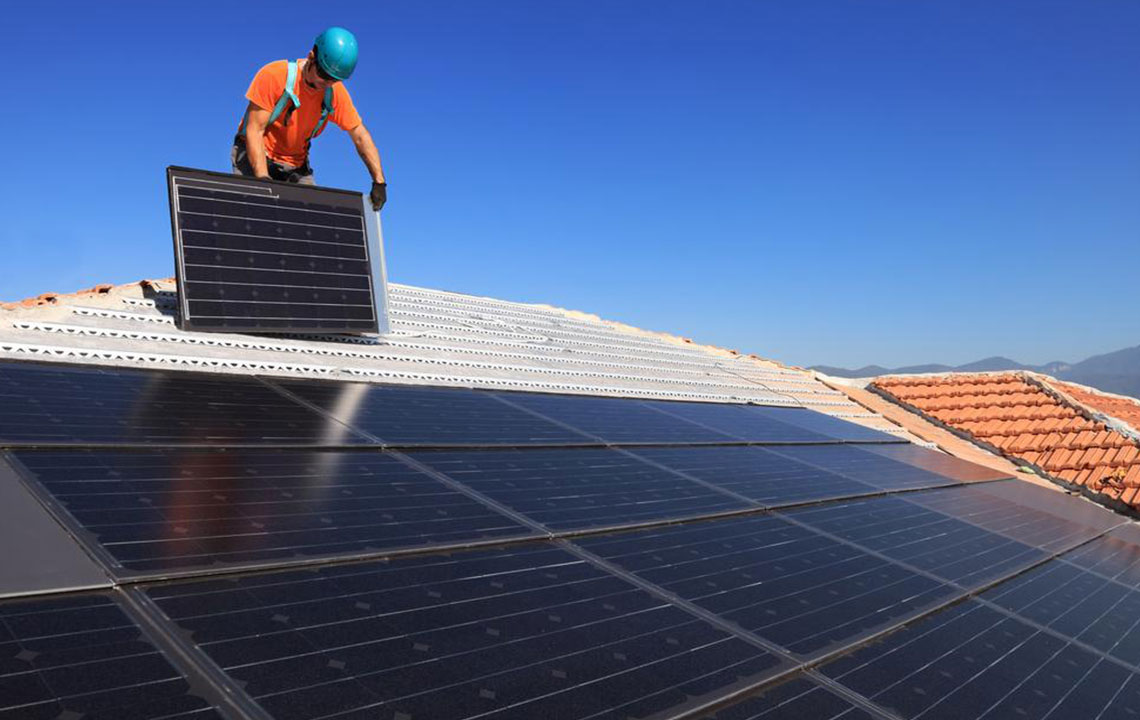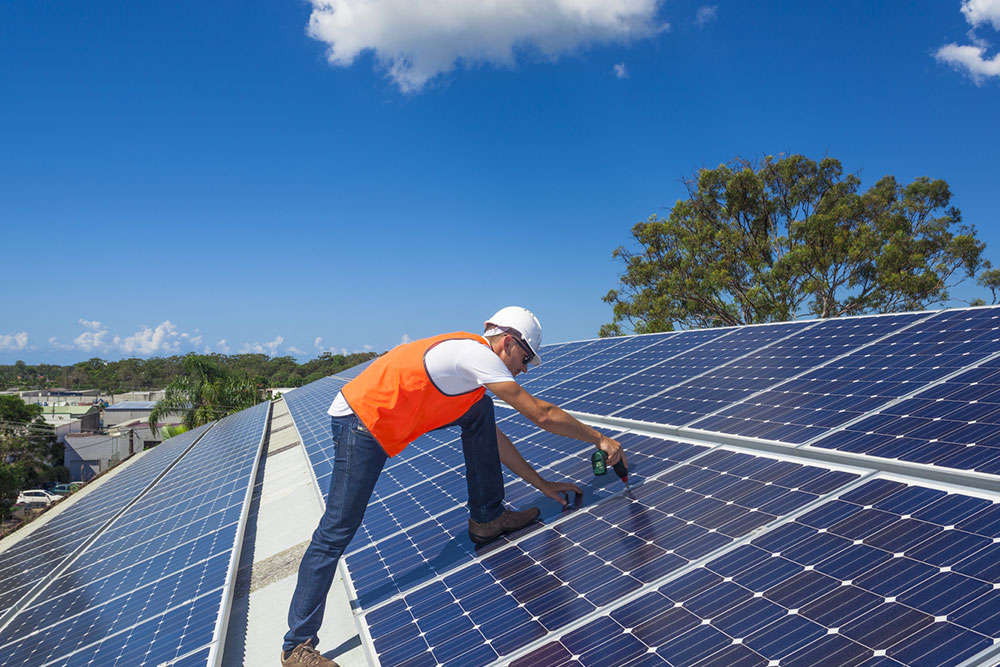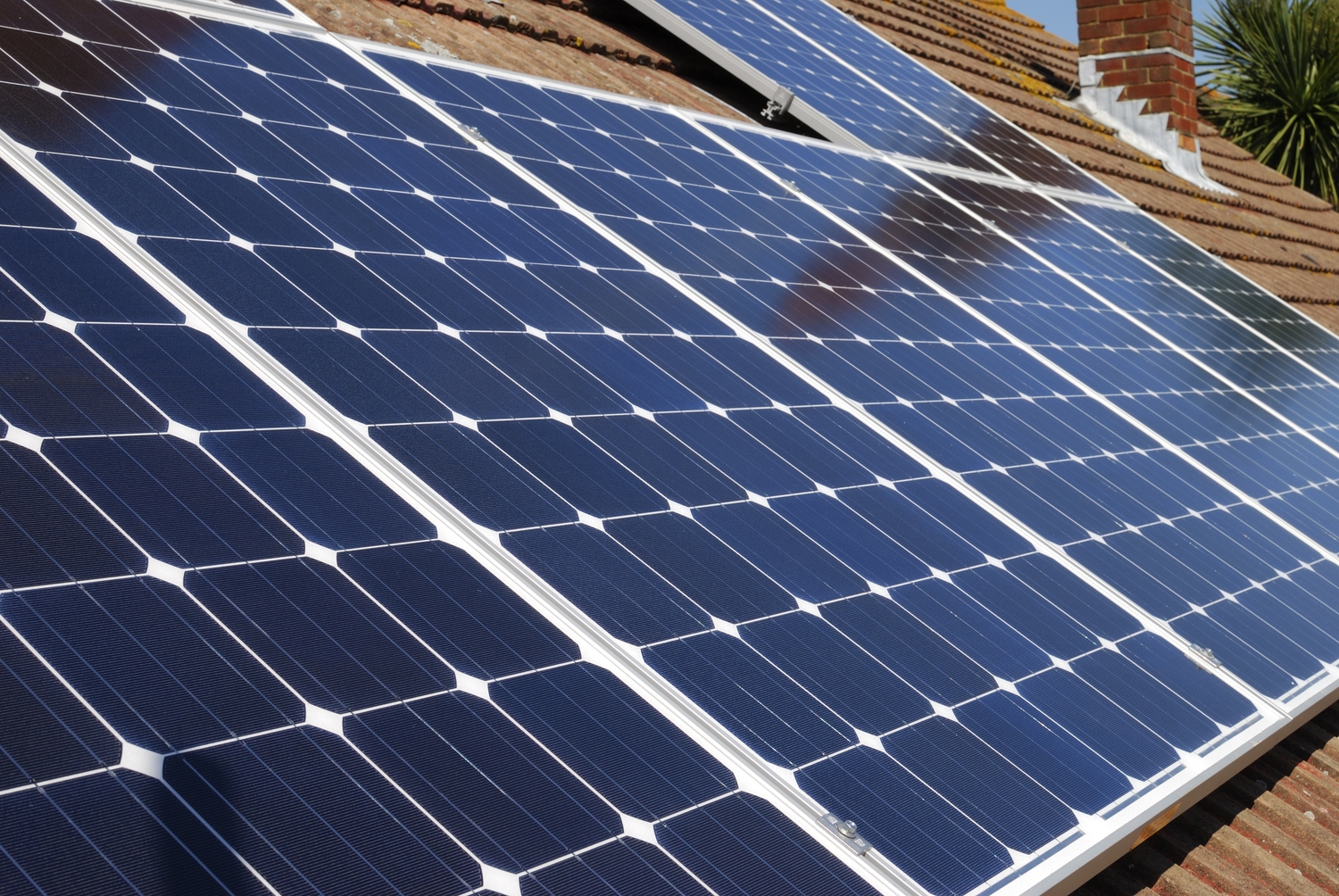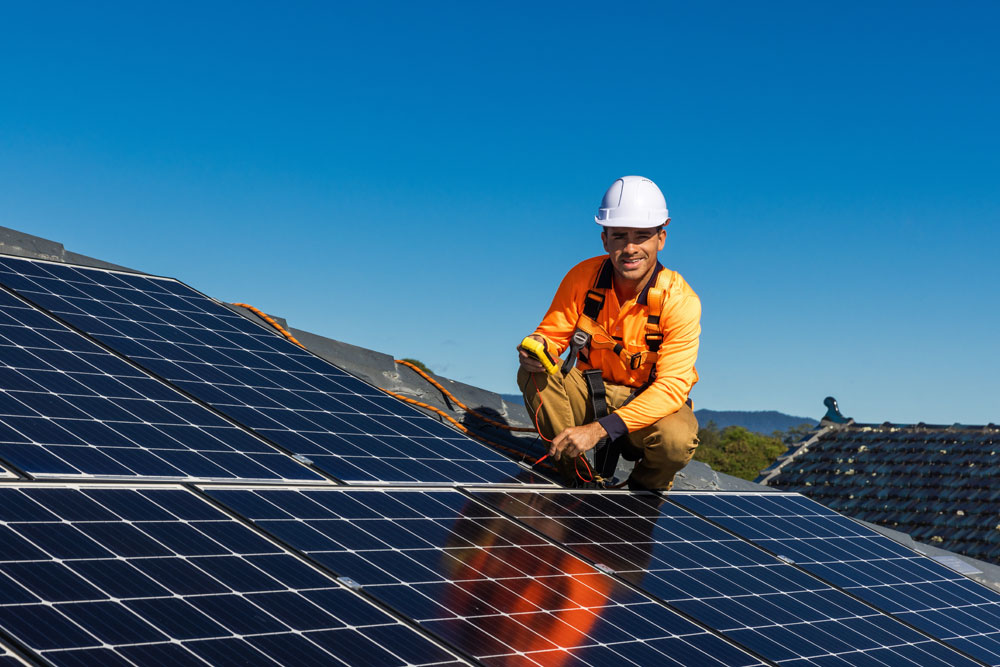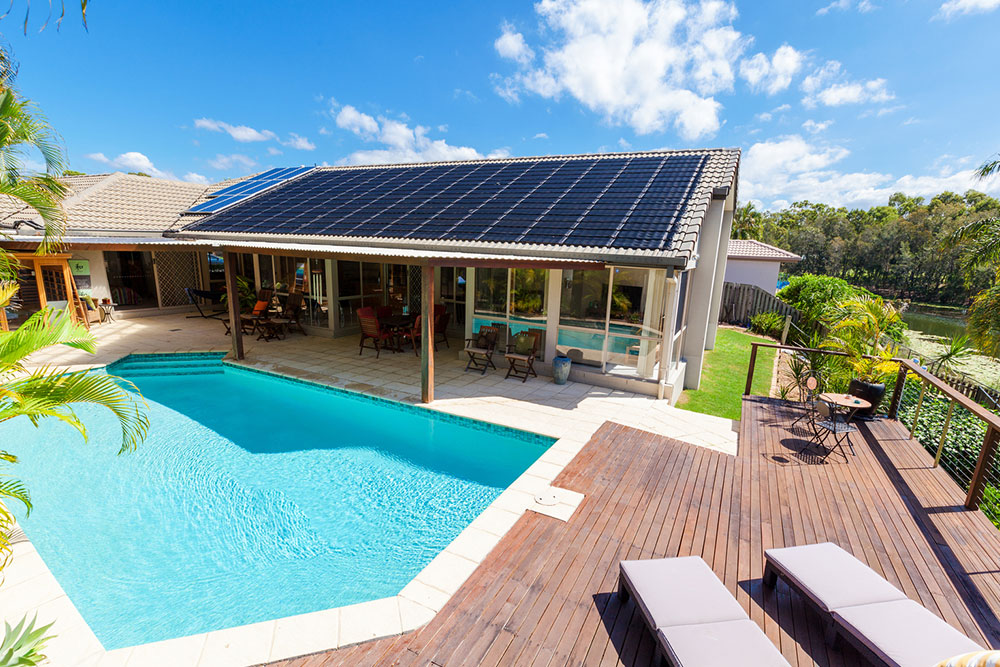Guide to Installing Solar Power Systems: Procedures and Expenses
Discover the comprehensive process and expenses involved in installing a solar power system. From assessing your energy needs to choosing reliable installers and understanding costs—this guide covers everything you need to know about adopting solar energy efficiently and affordably. Learn about permits, connections, and government incentives that make solar power a sustainable choice for homes and businesses.
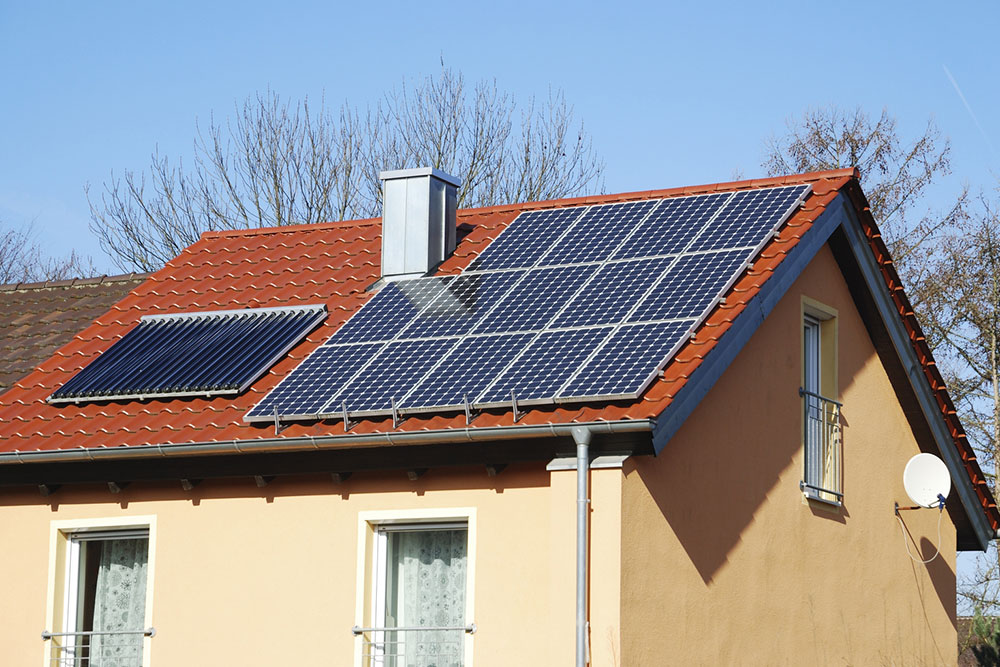
Despite the cold climate and low sunshine levels, the adoption of solar energy is rapidly increasing in this country. Advances in photovoltaic technology have driven significant growth, making it one of the top nations for solar energy production. Currently, over 3.7 million solar array systems are operational, generating approximately 61 TWh of electricity annually.
Solar Panel Installation Steps
1. Determine Your Energy Requirements
Start by analyzing your household or business energy consumption. This assessment helps determine the number and size of solar panels needed for optimal performance.
2. Choose a Reliable Installer
Look for reputable solar installation companies with proven experience. Reading online reviews and seeking recommendations from friends and neighbors can guide you toward trustworthy professionals.
3. Schedule a Site Inspection
Once you've selected an installer, arrange an on-site visit. Experts will evaluate factors like roof condition, orientation, shading, and space to customize an efficient solar system for your property.
4. Obtain Necessary Permits
Ensure that all local or regional permits are secured before starting installation. Proper authorization is essential for compliance and safety.
5. Professional Installation Process
Qualified technicians will install the solar panels with the proper equipment. After setup, thorough testing ensures system functionality, verifying voltage levels and inspecting all components.
6. Grid Connection
Following installation, connect the system to the electrical grid. This allows excess power to flow back to the grid, maximizing energy efficiency and economic benefits.
Cost Breakdown of Solar Systems
1. Initial Purchase
Costs include solar panels, inverters, mounting hardware, and wiring. Prices generally range from €1,200 to €1,500 per kW, depending on quality and technology.
2. Installation Expenses
This includes labor, additional materials, and possible modifications. Typical installation costs for residential systems are between €500 and €3,000.
3. Ongoing Maintenance
Regular upkeep such as cleaning and inspections incurs annual costs of about €100 to €200 for systems valued at €10,000.
4. Storage Solutions
Batteries for energy storage are sold separately, with prices often between €5,000 and €10,000, based on capacity and technology.
Factors Driving Solar Power Popularity
The increasing adoption is driven by government incentives such as subsidies and tax benefits. The Renewable Energy Sources Act (EEG) offers fixed tariffs for solar power, encouraging producers. Additionally, proposals for zero VAT on solar installations reduce upfront costs. Various grants from the Federal Ministry of Economic Affairs and Energy support innovative projects and high-potential regions. State-level initiatives also promote solar energy, though programs vary by location. Consulting local authorities can provide the latest incentives and programs.

